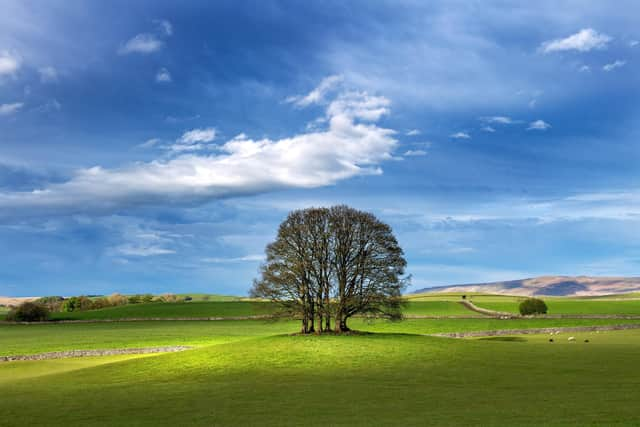Planners approve scheme to build houses on Civil War battlefield site in Yorkshire Dales
At its first meeting since district and county council members were replaced by those serving unitary authorities, the Yorkshire Dales National Park Authority’s planning committee passed schemes to build 11 homes in Airton, near Skipton, and Austwick, near Settle.
The committee’s decisions follow community leaders and the park authority signalling fresh intent to resolve the housing crisis in the national park in which young local people are said to be squeezed out the area due to the demand for second homes and holiday lets in the area.
Advertisement
Hide AdAdvertisement
Hide AdThe decisions also follow parish councils representing both villages questioning whether the building schemes would be best for their communities.


Austwick Parish Council had advised the park authority proposals to build eight open market homes and pay money in lieu of affordable housing, would be “a unique opportunity missed to bring affordable or local occupancy housing to our community”.
The meeting heard the developers had responded with revised proposals for two affordable homes, three open market homes and three principal residency homes as ideal, which members welcomed.
Airton residents told the meeting the access to the development would be dangerous off a narrow lane and the proposal would irrevocably damage the village’s heritage and character on a field which was the site of the Battle of Airton in 1643 in which Royalists captured 60 Roundhead troops.
Advertisement
Hide AdAdvertisement
Hide AdThe meeting heard the site had potential Iron Age or medieval archaeological links, but trial trenching investigations had given no indication of remains from the civil war.
However, applicant Charles Richardson said the 4.5-acre grazing field represented a golden opportunity to increase housing for local people.
Members said the proposal fitted in well with other properties in the village.
The authority’s longest serving member, Robert Heseltine, said the development was exactly what the authority was looking for and praised the applicant for “turning his back on the pursuit of profit”, before adding “I only wish there were more like it.”
Advertisement
Hide AdAdvertisement
Hide AdAnother member, Simon Myers, who represents Airton on North Yorkshire Council, said almost every time he attended executive meeting of the authority it seemed to be shutting village schools.
He added there was “an imperative to keeping villages alive” and that the planning committee was unable to “reject proposals out of sympathy for neighbouring residents” as once the highways authority had not objected to it battle it would be difficut to defend against a developers’ appeal.
Before approving the Airton scheme, members said the developers must undertake archaeological recording during works.
